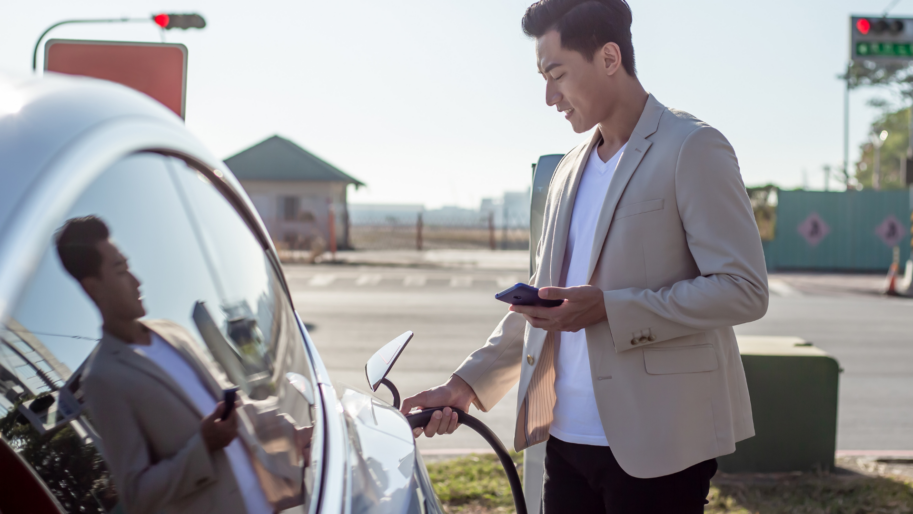Batteries that store clean energy to power both buildings and vehicles are rapidly changing the energy landscape. In the first half of 2023, 68 gas-fired power plant projects were put on hold or canceled because they are simply no longer needed — giant batteries that store solar and wind energy are now cheaper to build and maintain. Some energy utilities are also experimenting with smaller batteries and smart appliances to meet demand as they shift to cleaner sources of electricity.
Battery recycling may help with clean energy storage. An energy storage facility outside of Los Angeles uses 1,300 retired electric vehicle batteries to store enough energy to power about 9,500 homes. Research shows that around 75 percent of decommissioned battery packs from vehicles are suitable for a second life as stationary storage.
Rapid electric vehicle adoption and the introduction of EV battery-related legislation is also shaping the clean energy landscape. Through the first nine months of 2023, electric vehicle sales in the United States were up nearly 50 percent. And a new federal bill would take advantage of the EVs coming online by mandating bidirectional charging capability by 2027 so that all those EVs can provide backup power during extreme weather events when the grid is strained. The bill was inspired by SB 233 (Skinner) — co-sponsored by us at The Climate Center, Nuvve, and the Union of Concerned Scientists and supported by more than 200 organizations — which would require most EVs sold in California to have bidirectional charging capability by 2030.
While battery trends bode well for accelerated clean energy adoption, the California Public Utilities Commission’s (CPUC) “net metering 3.0” decision last April led to a 77 to 85 percent drop in rooftop solar projects. Corporate utility influence at the CPUC is limiting access to rooftop solar, undermining our state’s solar industry, and slowing the clean energy transition — just as battery advances are making it more viable.
This blog first appeared in The Climate Center’s bi-weekly newsletter. To keep up with the latest climate news and ways to take action for a climate-safe future, subscribe today!


